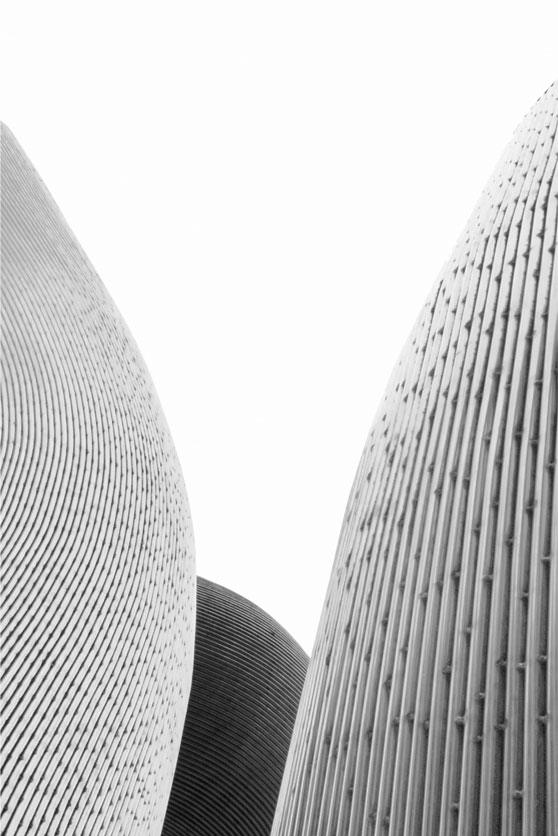Welcome to the world of linen—a fabric that whispers tales of ancient civilizations, breezy summer days, and eco-conscious futures. As we navigate through the nuances of this beloved material, let's uncover the layers that make linen a staple in the textile industry, evaluate its benefits and limitations, and consider the voices of both advocates and critics.
The Lure of Linen: Advantages Unveiled
Eco-Friendly Champion: Linen is lauded for its minimal environmental footprint. The flax plant requires less water and pesticides than cotton, making linen a greener choice. Its ability to biodegrade and even enrich the soil with nutrients post-harvest adds to its eco-credentials.
Strength and Longevity: Among natural fibers, linen boasts remarkable durability. This strength translates to clothing and textiles that withstand the test of time, offering better wear and less waste.
Comfort and Health Benefits: Linen is inherently breathable, making it a favorite for summer wardrobes. Its moisture-wicking properties keep you dry and comfortable, while its natural fibers are hypoallergenic, making linen ideal for sensitive skin.
Aesthetic Appeal: There’s a certain charm to linen’s natural texture and drape. It exudes a relaxed elegance, with each wrinkle telling a story of effortless style. Linen’s ability to blend into both casual and formal wear adds to its versatility.
The Linen Debate: Points of Contention
Wrinkle Prone: Linen's natural tendency to wrinkle is often seen as a drawback. While many embrace this as part of its charm, others find the constant need for ironing a deterrent.
Cost Considerations: High-quality linen can come with a higher price tag. The labor-intensive process of producing linen fabric, from the flax field to the loom, contributes to its cost.
Care and Maintenance: Linen requires a bit of extra care to keep it looking its best. It often demands gentle washing and drying methods to preserve its fibers and prevent shrinkage.
Balancing Perspectives: Linen Through Different Lenses
Sustainable Fashion Advocates: For those prioritizing sustainability, linen is a hero fabric. Its low environmental impact aligns with a growing demand for responsible fashion choices.
Practicality Seekers: For individuals valuing ease of care and maintenance, linen’s need for delicate handling and its propensity to wrinkle might pose practical challenges.
Design Enthusiasts: The unique texture and natural sheen of linen appeal to designers looking for quality and distinction in textiles, whether for apparel, home decor, or artistic projects.
Linen’s Legacy and Future
As we weigh the pros and cons, it's clear that linen occupies a special place in the textile landscape. Its benefits—sustainability, durability, and comfort—are compelling, particularly in an era where environmental consciousness and longevity in fashion are prized.
Yet, acknowledging its drawbacks is essential for a balanced view. The care linen demands and its casual, wrinkled look may not suit everyone’s lifestyle or aesthetic preferences.
Embracing Linen: A Personal Choice
Ultimately, choosing linen is a personal decision that reflects one's values, needs, and style. Its timeless appeal, combined with eco-friendly attributes, makes linen a fabric that transcends trends, offering both beauty and functionality.
As the textile industry evolves, innovations in linen production and care may further enhance its appeal, making it an even more attractive choice for the environmentally conscious and style-savvy alike.


